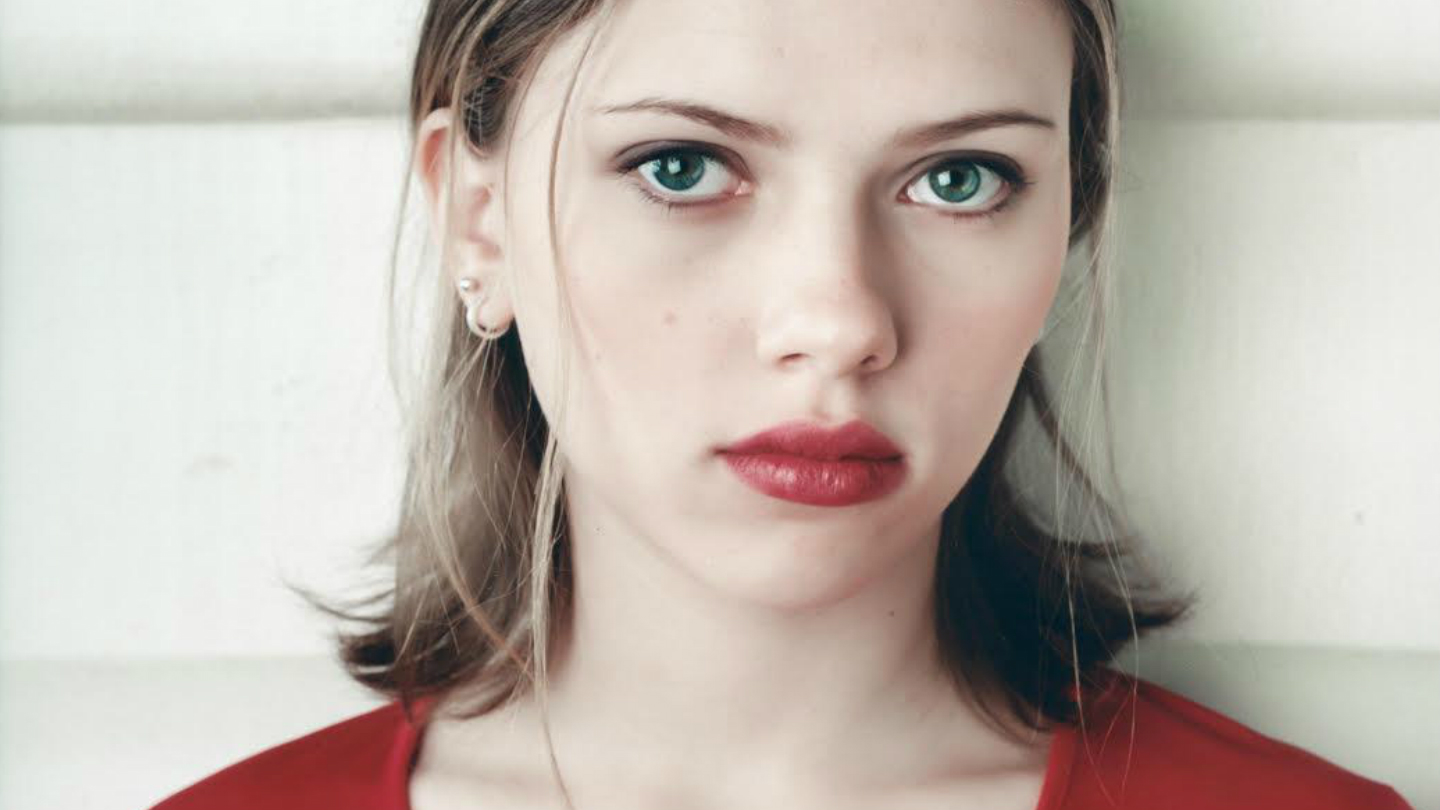In the early 2000s, Leeta Harding was shooting magazine covers with Scarlett Johansson and Kathleen Hanna, and bonding with her photographic heroes like Juergen Teller and Helmut Newton. She helped define the visual identity for a certain era of creative downtown New York, the world of Marc by Marc Jacobs, Sonic Youth, Index magazine, and art stars who still lived in Manhattan. She was at the apex of a bright career, mounting a solo show in Italy when she got the call: she had cervical cancer. And then, on the operating table, she had a near-death experience in which she saw her body from above, and her life from a new perspective.
“I had a What the fuck moment,” she remembers today. “Okay. I have to deal with this and everything stopped. I turned inward.”

Even more quickly than it had begun, the fast-paced photographic life she had dreamed of was put on pause. Just a handful of years earlier, Leeta had arrived in New York from Vancouver as an art school refugee. This was 1996, and art photography was still male-dominated. “There was not a lot of room for women,” she remembers. “I wanted to travel and I really wanted to meet people.” Leeta’s good at that: meeting people.
Within a year she had met Wolfgang Tillmans at a book signing at the now-defunct Art Market on Grand Street. Through Tillmans, she met artist and founder of Index Peter Halley. She dropped off her book with Peter and a few hours later was booked to shoot a cover, the first of many she’d do for him. Soon she was also shooting for Vice (“The Vice Guide to Eating Pussy,” for example), and fashion spreads for teen magazines.
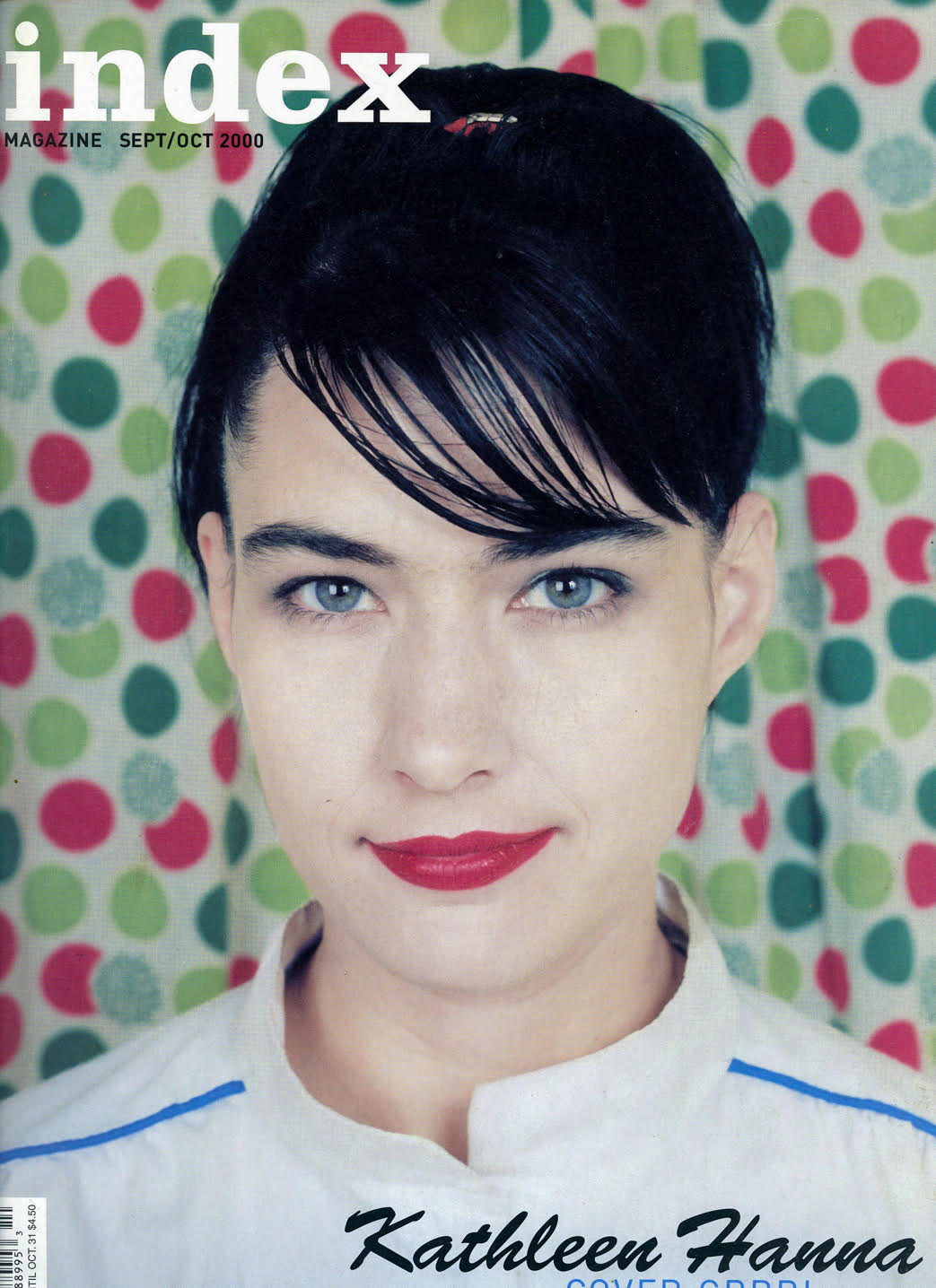
Then, like now, her work centered on portraits, mainly of friends, skater kids, and teenage girls. She used colored backdrops and overexposed film in a way that reflected the Crayola-bright, childlike rave scene of the 90s.
That was no accident. She was out a lot, listening to the music that she channeled in her photographs. “It was very freeing for young women,” she says of that time. “I saw these girls at raves looking like babies, you know, in high pigtails! I really love their color aesthetic. I love the bright colors, the gelled lights over the music. I was listening to techno ambient and doing installations in clubs also at the time with projected imagery.”
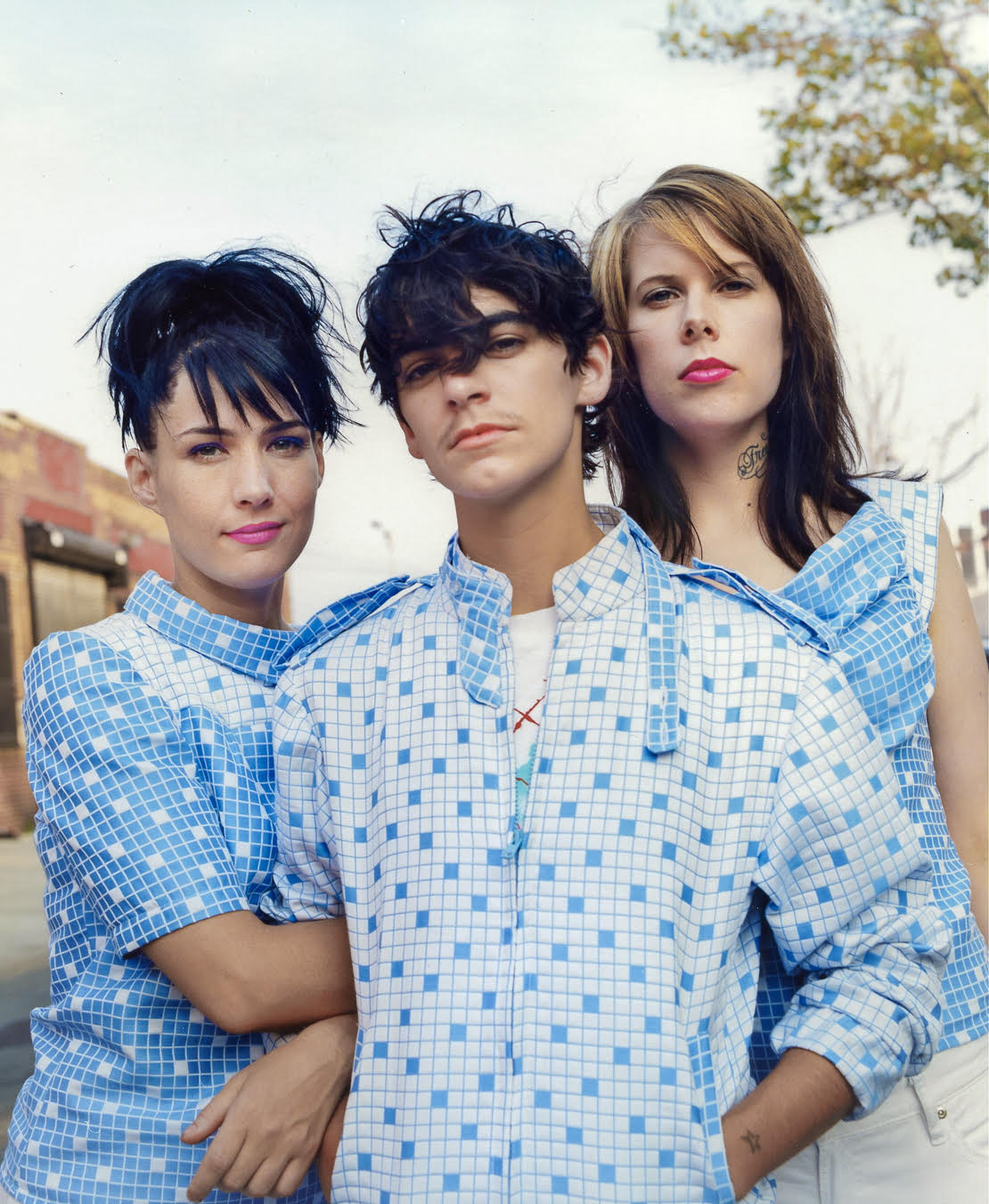
The colorful universe of Milk Fed t-shirts and Mike Mills graphics felt familiar to Leeta. Her mom, a photographer, had taken pictures with the same primary palette decades before. “I grew up looking at my mother’s family photos of American life in the 1940s-50s, [when] women wore red lipstick and high heels,” she remembers. “It was the beginning of Kodak color film, I was transported to another era. She worked for Pendleton Woolen Mills and traveled all over America shooting 120 roll film and Super 8. Her world was magical to me as a kid and it wasn’t until I was in art school that I realized how much her photos provided the visual landscape that shaped how I see.”
Leeta’s photos are direct, showing a real connection with her subjects. Her first cover for Index was a dreamy portrait of dreamy portraitist Elizabeth Peyton. In the shot, the artist is lying down on fuzzy teal and pink pillows, a teen fantasy like the ones she paints. Leeta remembers, “I asked her to lie down and I said to myself out loud, This should be a cover; it’s about time they put a female artist on the cover of an independent magazine. And sure enough, that became the cover.”

She likes to be alone with her subjects, an accidental perk when working for cash-poor independent magazines. “The key for me is working one-on-one with somebody because there’s no bullshit,” she says. When she photographed a teenaged Scarlett Johansson for another Index cover, it was just Leeta and Scarlett. She spent the day at Juergen Teller’s place in the country, taking pictures of him on his daughter Lola’s birthday. She doesn’t get nervous around stars and idols. (One exception: Helmut Newton.)
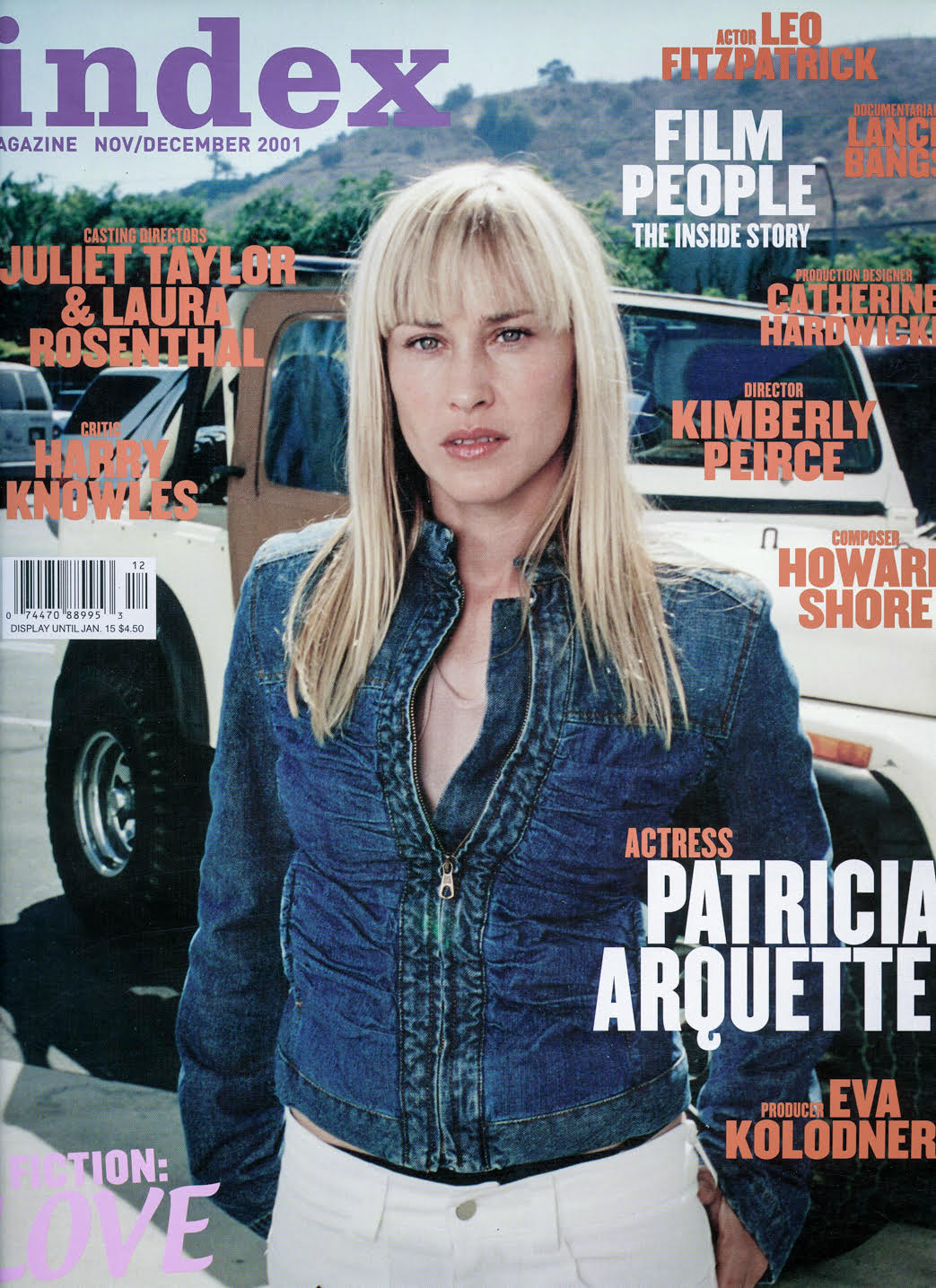
Sometimes, she stays in touch with her subjects. For the now-iconic picture she took of Kathleen Hanna for Index, in a red sweater against a blue seamless, Leeta did the riot grrrl’s hair and make-up too. She photographed the fellow Vancouver native again and again, also for Spin and New York. When she saw Hanna again recently in North Carolina, she says that Kathleen told her, ‘ I have to tell you that that smirk that you made me do — you asked me to do a half smile — that became my go-to pose for everything.’ “I guess I helped her see her face,” says Leeta happily.

It was during this high-flying period of photographing the era’s icons that Leeta abruptly became ill and completely rethought her life. She was in Turin mounting a one-woman show of her photos at Gallery InArco in 2003 when her assistant called and relayed a sobering message from her OB-GYN. Within a month she was diagnosed with cervical cancer. After her surgery and the aforementioned near-death experience, she left New York and took off across America with her first digital camera.
“It made me think about what I was doing and where I was going and what was the purpose of my work,” she says. “I felt like magazine culture was so temporary and I started to think about life in a different way. I wanted to slow it down. Everything was so fast all the time. If I flew into Paris or Rome, I couldn’t really walk the streets and have fun. I couldn’t really enjoy wandering because everything was so scheduled.”

So just like that, she left, to a new and very unscheduled life. She wanted to take pictures of the American cultural landscape she’d seen in Stephen Shore’s and William Eggleston’s photos. In the process, she fell in love and had a child through a surrogate, settling down in North Carolina and renovating an old house. Photography followed her. “I’d bring my camera and photograph crumbling farmhouses or old beauty salons,” she remembers. “As I drove it felt like I was watching a scenes from a movie: a woman in pink curlers wearing a bright green robe getting her mail from the box on the side of the road, a figure in a floral dress hanging laundry in the hot summer sun.”
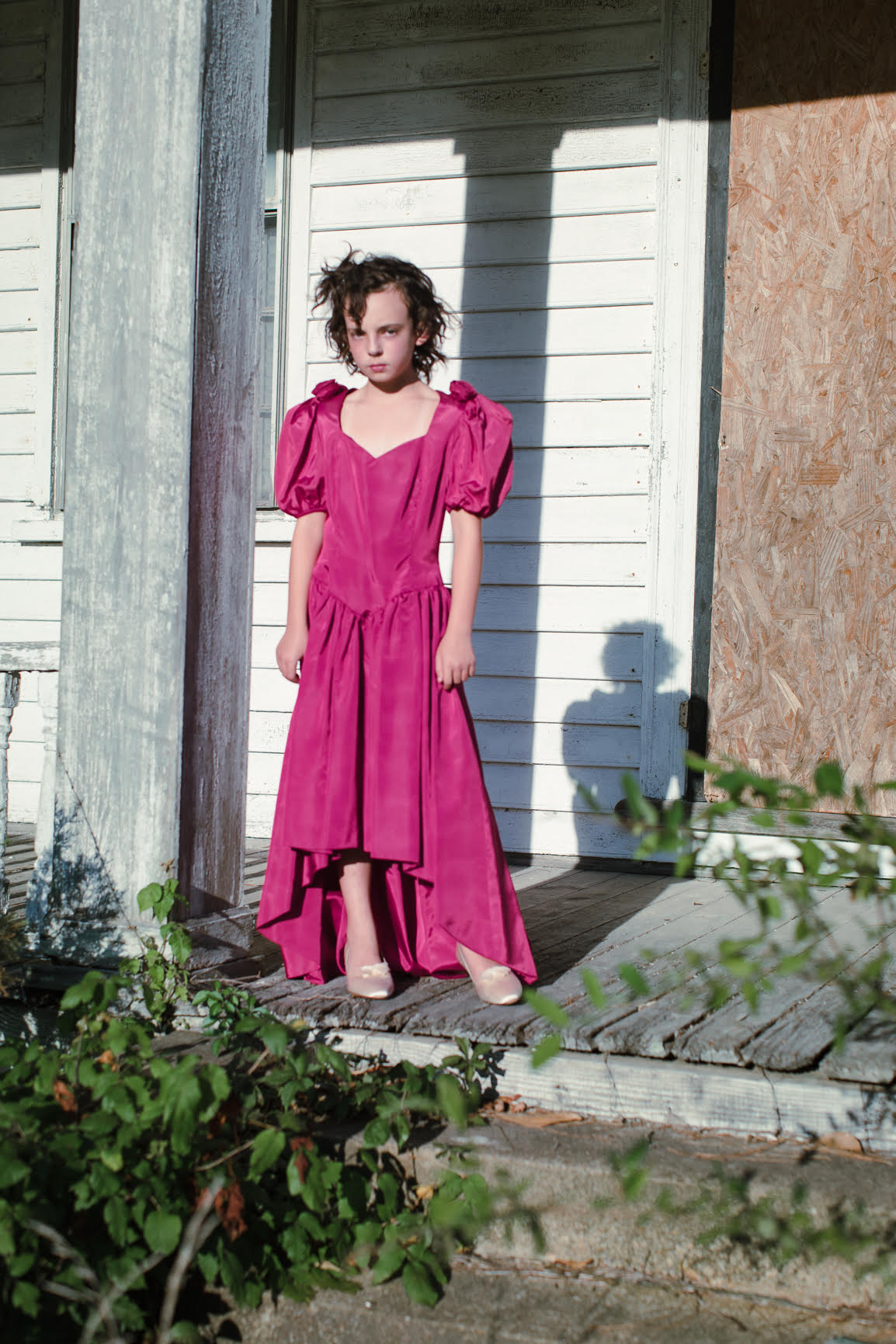
She began taking pictures seriously again, portraits of young women from the area. For her series “Southern Cultures, Southern Sites” at a gallery connected to the Virginia Museum of Fine Art, she photographed young women of color at historic, crumbling sites of the Confederacy, wearing vintage clothing. There is a very real debate at the moment about who can tell black stories, but Leeta strove to make her project an exchange, spending time with her subjects over long periods. She says, “I was very conscious of the history of documentary photography in the south about struggle and poverty, so I created a role for each girl and told them, You are the embodiment of beauty, grace, dignity, and female empowerment.“
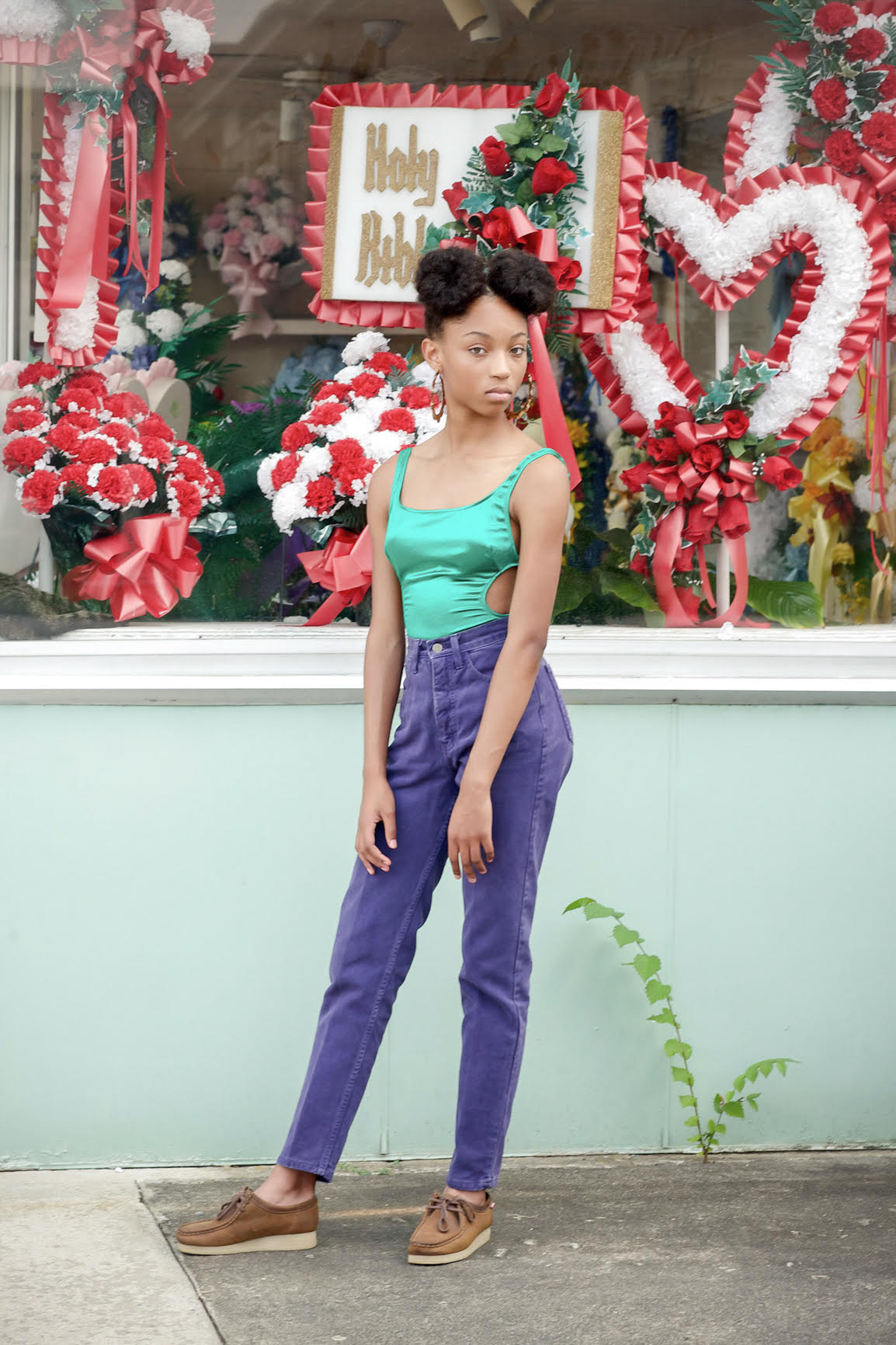
After many years in the South, Leeta and her family moved back to the New York area, trading the city for suburban New Jersey. Recently, she’s been in Italy to shoot the Missoni family, and Nashville to shoot the young country singer Lillie Mae. She’s following her heart, this time.
Talking to Leeta now is a little like speaking to someone who was cryogenically frozen at the beginning of the 2000s. She’s filled with energy, and seems amazed at the current photo scene. An Instagram addict like us all, she loves the new work she’s finding online: “As the world has grown through Instagram, there are so many amazing photographers. I think one of the best young female photographers right now, who’s super hot and famous, is Petra Collins.” She wants to interview and photograph Petra, who might owe more than she knows to the woman who captured New York’s first riot grrrls so colorfully.

